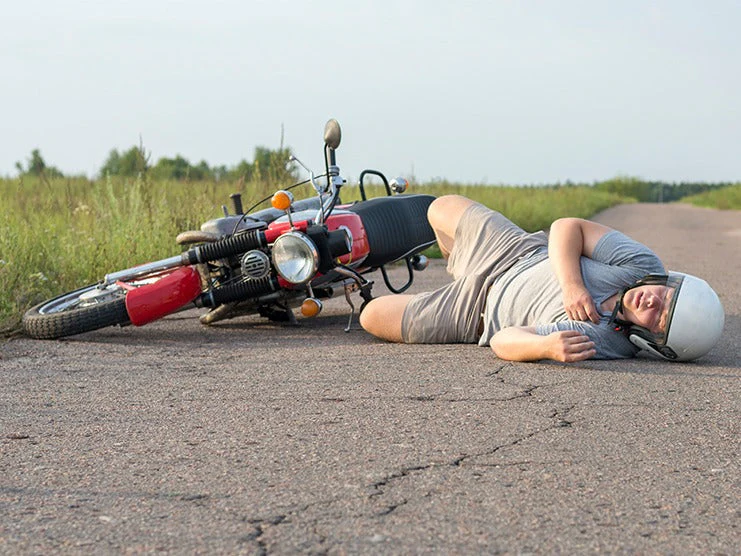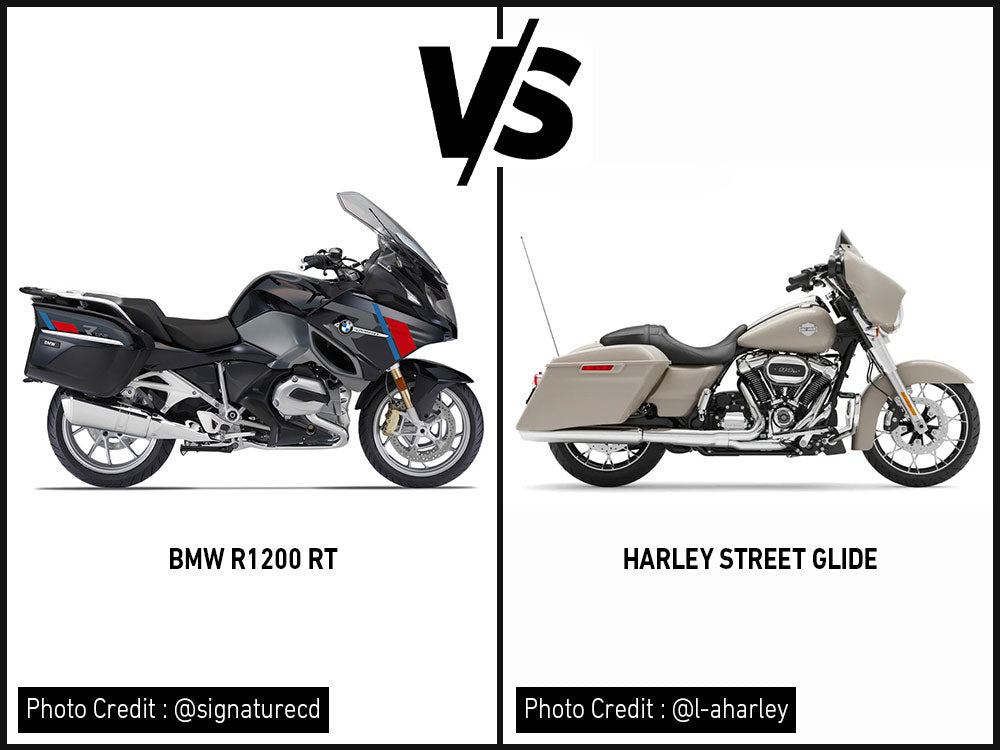Table of Content
“Cars have bumpers, bikers have bones.”
A motorcycle is not just a reliable mode of transportation but can also be used for fun and pleasurable rides. Motorcycle riding can have several mental health benefits, such as reducing stress levels, increasing the level of dopamine in your body, and can help you socialize with members of riding and motorcycle clubs. Though motorcycle riding is an exciting activity, it does come with its share of risks. A motorcycle does not come with seatbelts, airbags, or detection systems like cars. Motorcycles are also smaller than cars, making them harder to see which often leads to more accidents.
Among the various causes of motorcycle crashes, most accidents occur due to the rider’s fault. To reduce the risk of motorcycle crashes and encourage better safety on the road, riders are advised to be attentive at all times, never drive over the speed limit, and always wear the appropriate riding gear. This article discusses the common factors that often lead to motorcycle crashes.
1. Speeding

The most common cause of motorcycle crashes is speeding. Speeding is the cause of most road accident fatalities. According to a study by the NHTSA in 2017, 31% of motorcycle crashes in the U.S. were due to speeding. It does not matter how skilled and experienced you are or how clear the road is, speeding puts you and other riders sharing the road at risk.
Riding a motorcycle at high speeds may give you an adrenaline rush, but it is not safe. if you suffer a motorcycle crash at a slow speed, the impact will be less compared to a crash that happens at a high speed. This is because of the high momentum. At high speeds, a motorcycle is difficult to control. Also, if you are not familiar with the road conditions and what is ahead of you, in such a case, overspeeding can be more deadly.
Also, In case a speed breaker suddenly comes or there is a damaged road ahead, you will not have ample time to react wisely and make a better decision to cope with the disturbance if you are riding fast. if you love riding at high speeds, make sure to go on an open road where there is less traffic and you can see clearly what is ahead.
2. Alcohol and Drug Use

Safely riding a motorcycle requires attentiveness and fast decision-making skills. You must have a clear mind to ensure you can observe the road and traffic conditions. Driving while under the influence, whether due to alcohol or drugs, can impair your judgment and lower reaction time. According to a study by the NHTSA, 27% of motorcycle riders involved in severe crashes had more than 0.08% alcohol concentration levels in their blood.
Motorcycle riding demands attention and better cognition. A rider is expected to make quick decisions in case an object comes in front of him/her while riding. if you are not in your senses, you cannot only harm yourself but the other riders on the road as well.
3. Distracted Driving

Many motorcycle crashes occur due to riders not paying attention. This often occurs due to riders being lost in thought or suffering from high levels of stress. Motorcyclists may also be distracted by phone calls, messages, music, and food. Cell phone usage has caused more than 10% of fatal motorcycle crashes in the U.S. alone. Riders should keep their eyes on the road and pay attention to road signs, traffic signals, and other vehicles.
One important thing that the rider should do before going for a motorcycle ride is to be calm and relaxed and not to think about anything that can give you stress. It is suggested not to ride a motorcycle or a car if you are suffering from trauma because this can cause distraction.
On average, almost nine people are killed in road accidents every day due to distracted drivers and the most common distraction is cell phones. Drivers need to make sure not to multitask while riding a motorcycle and focus on the road and traffic. If you are a passenger and you see the rider getting distracted, tell the driver to focus.
4. Weather Conditions

Riding a motorcycle in unsafe weather conditions, such as rain, snow, and fog, has often led to motorcycle crashes due to slippery roads and low visibility. Most severe motorcycle crashes occur in foggy conditions when there is low visibility. Even if riders are wearing appropriate riding gear, most of their body is still exposed. Motorcycle crashes in bad weather conditions occur mostly when riders go too fast and change their lanes unsafely. The riders should keep an appropriate and safe distance and drive slowly in bad weather conditions to avoid accidents. A motorcyclist should only ride in bad weather if there is a dire need. The rider should also check the weather forecast before going out for a motorcycle ride.
5. Lack of Experience and Licensing
Motorcycle riding requires attending several training classes to develop good riding skills. Besides learning how to ride a motorcycle, including steering, gear shifting, and turning corners, a rider must also get a motorcycle license. It is against the law to ride a motorcycle without a license. According to a study conducted in 2012, approximately 25% of motorcycle riders injured in motorcycle crashes did not have a motorcycle license.
It takes time to become an expert rider and to have road sense. You cannot become a good rider overnight. Do not go for a motorcycle ride if you do not feel confident riding through traffic.
6. Takeaway
Riding a motorcycle is an exciting activity that comes with several risks. However, by following all traffic laws, never riding above the speed limit, being attentive while riding, and avoiding risky riding behavior, it is possible to reduce the risk of motorcycle crashes. Getting a license first and attending motorcycle riding classes are the first steps to becoming a good rider.
To ensure better safety while riding a motorbike, always wear the appropriate riding gear. You can also install crash bars, fairings, engine guards, frame guards, and sissy bars. Crash bars can help reduce the damage to the motorbike in the event of an accident. Luggage options like saddlebags and sissy bar bags can help you carry essentials, including a first-aid kit, helmet, gloves, and white visors.













Leave a comment
All comments are moderated before being published.
This site is protected by hCaptcha and the hCaptcha Privacy Policy and Terms of Service apply.